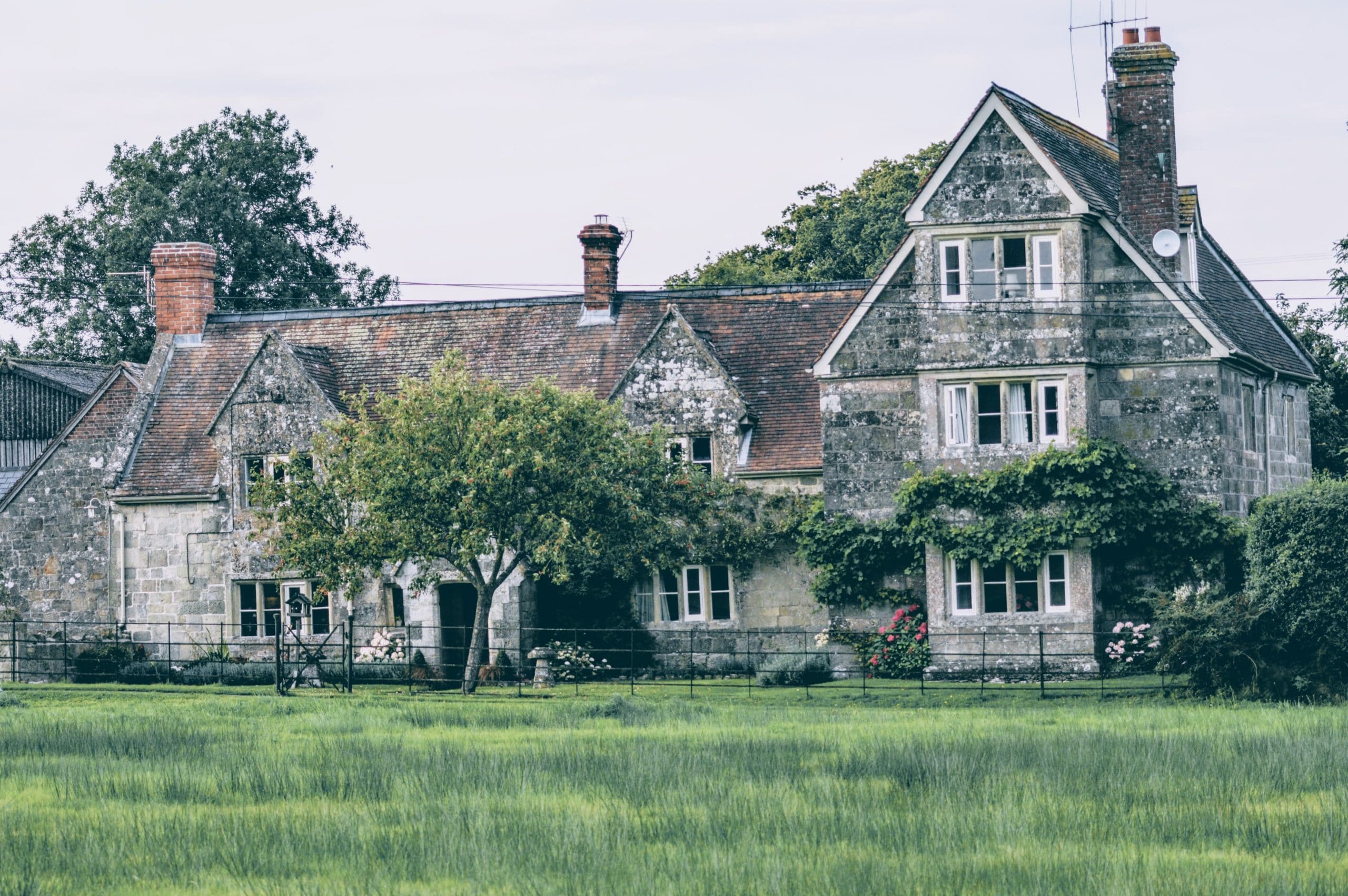Thinking of Buying a Grade Listed Property? Here Are 5 Things To Consider

Although according to the NHBC, 1.4 million new homes were registered throughout the UK over the past decade, listed properties are still as popular as ever. With approximately 500,000 residential listed buildings across the UK, they are still a favoured choice of many due to their charm and history.
However, if you’re thinking of purchasing a listed property, there are several things that you should keep in mind. You don’t want to discover that there are certain limitations or costs that have passed you by, putting a dent in your plans and finances. Therefore, you should pay attention to the following:
What Grade The Property Is Listed
There are three main types of listing, depending on where your property is located. In this country, it will be one of the following:
Grade I – defined as exceptional buildings of historic or national architectural interest.
Grade II* – properties that are more significant than local interest.
Grade II – buildings that are of special historic or architectural interest.
The Limitations on Listed Properties
If you want to make any internal or external changes to the property (such as adding an extension) you will have to apply for consent. This is done through your local authority and will require the assistance of a conservation officer. They will take into account the significance of the property along with what your neighbours think of the changes you are making (usually for external changes).
If you are granted planning permission, you might also require specialist materials or to use particular techniques so that the character of the property isn’t altered. To ensure that this is done correctly, it’s a good idea to investigate Historic Building Conservation businesses that specialise in these services.
The Cost of Repairs
A major consideration that you must keep in mind is the cost of any repairs that need to be undertaken. Although this will depend on the work that needs to be done, it’s important to know that they will be more expensive in general as the property is listed.
For example, if you need to have like-for-like tiles replaced on your roof, you can expect to pay anywhere between £10,000 and £15,000 depending on the service you use and the extent of the job. This is more expensive than replacing tiles on newer buildings as the tiles will often be the reason as to why the property is listed in the first place.
It Will Be On A National Register
It’s interesting to know that all listed buildings appear on a national register. This register includes all properties throughout the country that are of either architectural or historic interest.
Although all buildings pre 1700 are considered to be listed, so are those between 1700 and 1850. There are also some exceptions for modern buildings that are thought to be of special importance, such as the BT Tower in the capital.
There Are Grants Available for Repairs
It’s good to know that there are certain grants available for listed property repairs. Offered by Historic England, a prominent public body that cares for this country’s historic buildings and environments, the grants are occasionally offered to listed building owners if it’s in need of vital repairs. Typically, they are given to properties that would be unable to have work done without it.




